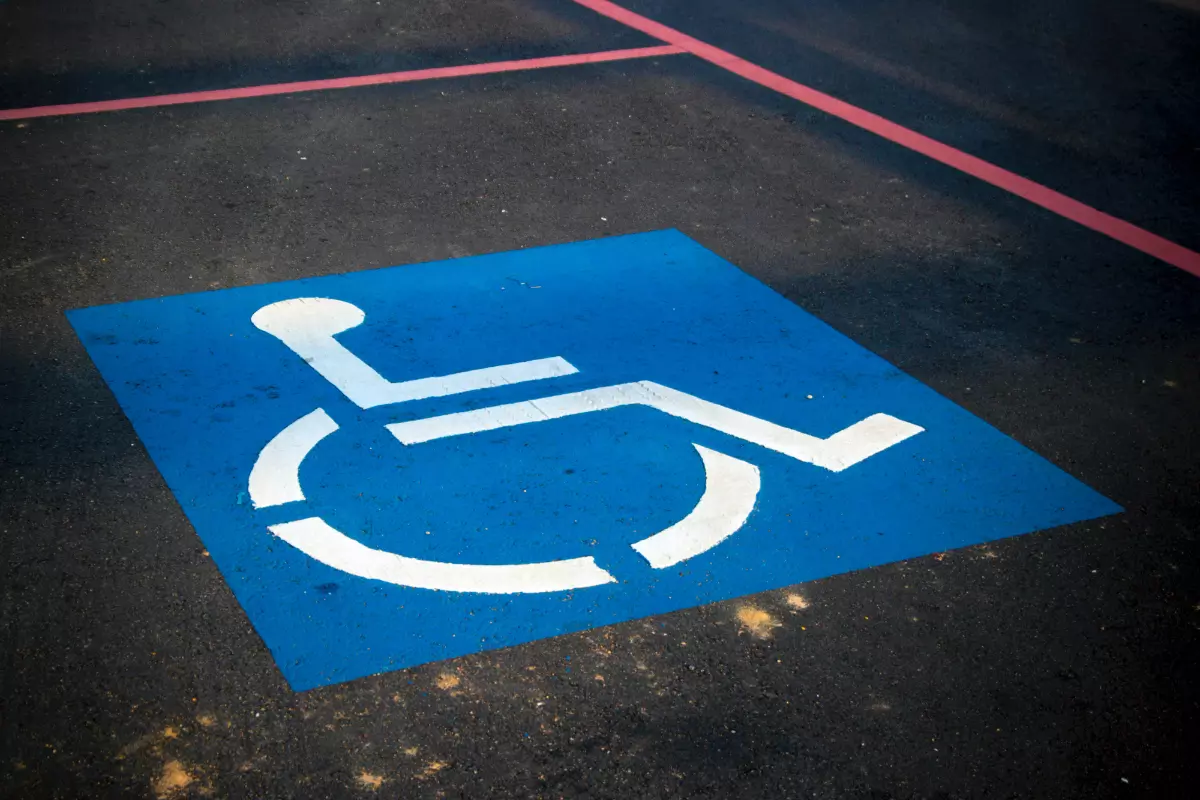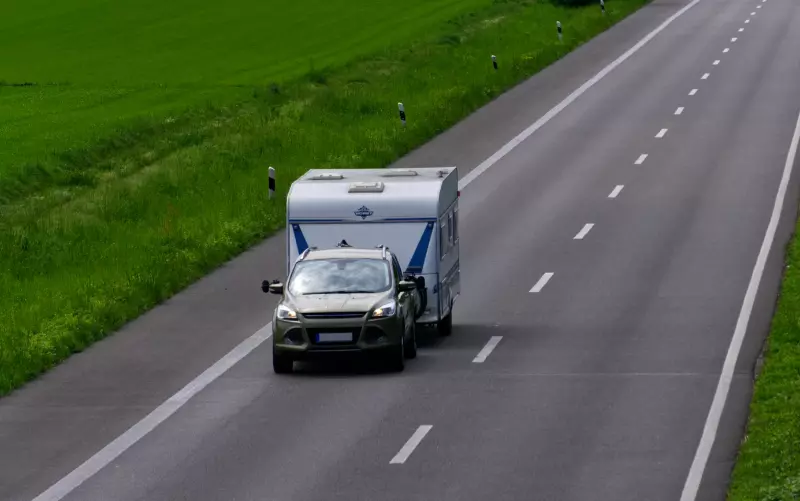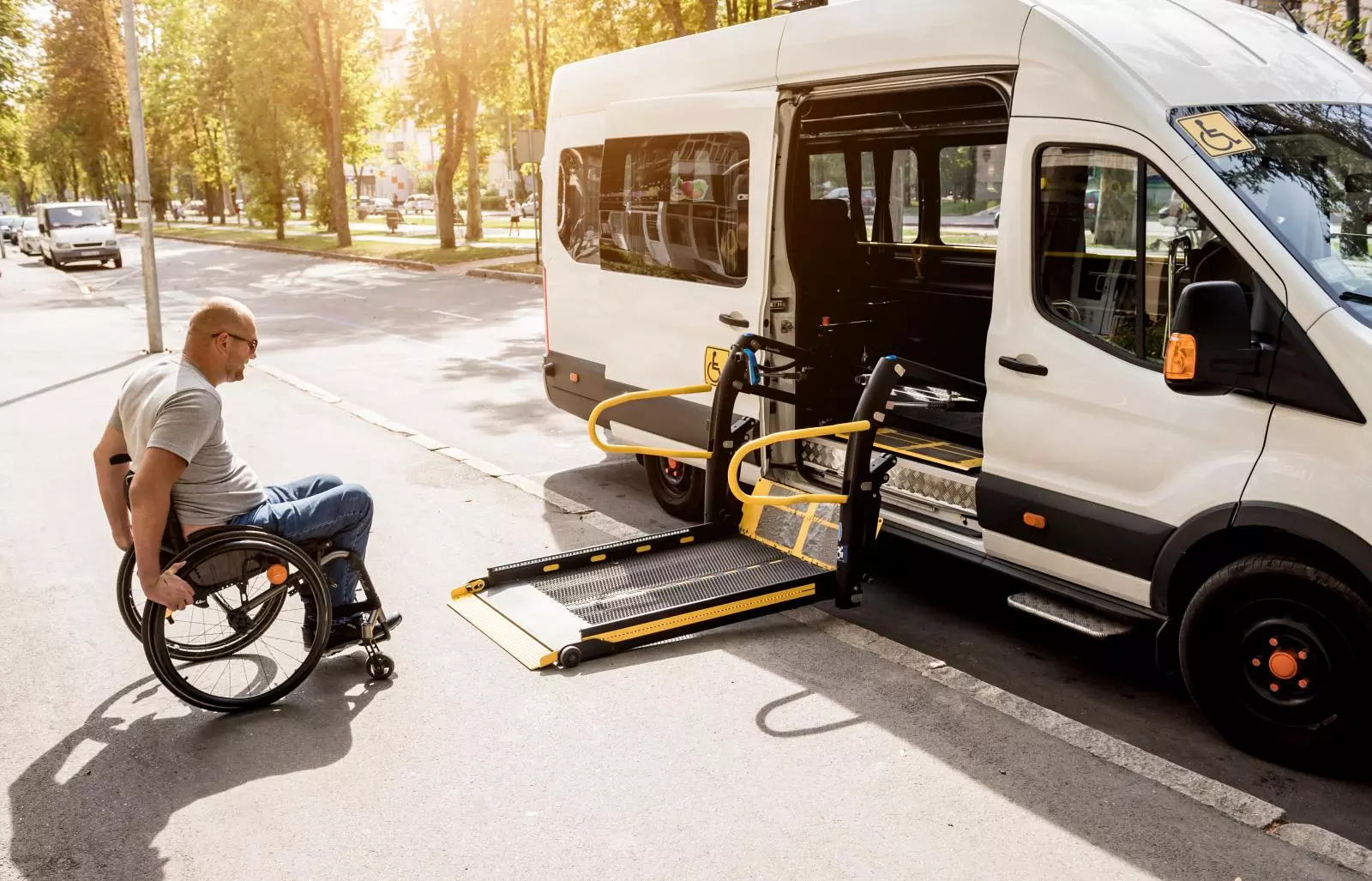Learn how to get your car adapted for disability to enhance your driving independence. Explore the process of fitting hand controls, pedal modifications, and other adaptive devices to suit your specific needs.
Find out how to access assessments, funding options, and approved installers in the UK to ensure your vehicle is adapted safely and legally. Discover how these modifications can improve your mobility and driving experience.
Adapting Your Vehicle for Upper Body Disabilities
When it comes to adapting a vehicle for upper body disabilities, numerous options are available to make driving easier and more comfortable. Hand controls can be fitted to the steering wheel, allowing drivers to manage acceleration and braking with their hands. For those who struggle with gripping, spinner knobs and steering aids can be installed, making it easier to manoeuvre the vehicle.
Additionally, modified seating and seat belts can be added to ensure maximum comfort and security. Choosing the right adaptations is crucial for ensuring the driver's safety and comfort. Consulting with a qualified driving mobility specialist can provide valuable advice on the most suitable modifications.
These specialists can assist in ordering the correct adaptations to make driving safer and more accessible. Individuals receiving disability living allowance or the mobility component of personal independence payment might be eligible for grants to cover the cost of these adaptations. Contacting a registered charity or similar organisation can provide more details and support.
Furthermore, experts can offer guidance on where to get your car adapted and the steps involved in the process. They can also advise on the necessary documentation and legal requirements. Visiting their website can provide more detailed information on vehicle adaptations for upper body disabilities.
It’s important to gather all necessary information and support to make an informed decision about the best vehicle adaptations for your needs. Proper planning and consultation can ensure a more comfortable and safe driving experience.
Adapting a Vehicle for Lower Body Disabilities
Adapting a vehicle for lower body disabilities involves making changes to enable the driver to control the car without using their legs. One popular adaptation is the installation of left-foot accelerators. These devices allow drivers to use their left foot for acceleration and braking, which is beneficial for those who have lost the use of their right leg.
Hand controls are another vital option for people who cannot use their lower limbs. These controls let the vehicle be operated with the hands, usually through levers connected to the steering wheel.
This provides a means to drive without needing to use the pedals. Driving mobility centres can offer advice and assistance in choosing the right modifications tailored to individual needs. A significant adaptation is the installation of a transfer hoist or transfer plates.
These tools help individuals move from a wheelchair into the driver's seat, making entry and exit from the vehicle easier. For anyone receiving the higher rate of the mobility component of Personal Independence Payment or Disability Living Allowance, there might be financial assistance available to help cover the costs of these driving adaptations.
If you are leasing a wheelchair-accessible vehicle through the Motability Scheme, numerous adaptations, such as left-foot accelerators and hand controls, can often be fitted as part of the lease agreement. This scheme ensures tailored solutions, considering individual requirements and providing a seamless driving experience.
Additional adaptations might include steering wheel knobs, which help in manoeuvring the vehicle more effectively, and electronic accelerators, which offer smoother control. Swivel seats can simplify getting in and out of the car, while panoramic mirrors improve visibility for safer driving.
It is essential to consult with professionals who can assess your specific needs and recommend appropriate modifications. By selecting the right adaptations, drivers with lower body disabilities can enjoy enhanced independence and mobility, ensuring a more comfortable and secure driving experience.

Adapting Your Vehicle for Easier Access
Making vehicle access easier for people with disabilities often involves installing ramps or lifts. These adaptations provide a practical solution by enabling wheelchairs to be transported directly into the car without the need to transfer from the chair to the vehicle seat. This is particularly beneficial for individuals who find it difficult to move from their wheelchairs.
Hoists are another valuable adaptation, designed to lift and store the wheelchair in the vehicle once the person has transferred to the driver's seat. For those who need to stay in their wheelchair while driving, securing mechanisms can be installed to keep the wheelchair in place during travel. These mechanisms ensure safety and stability throughout the journey.
Moreover, vans and larger cars can be converted into wheelchair-accessible vehicles. These conversions include modifications such as lowered floors and wider doors, making it easier to accommodate wheelchairs. This enables individuals to enter and exit the vehicle with greater ease and comfort. It's essential to consult with a driving mobility specialist to find the best options available.
These professionals can offer tailored advice and information based on the needs of the driver. They can assist in selecting the appropriate equipment and ensuring that all adaptations are safely and correctly installed. To summarise, making vehicles accessible to people with disabilities involves various adaptations such as ramps, lifts, hoists, securing mechanisms, and vehicle conversions. Consulting with a mobility specialist can provide valuable guidance to ensure the right choices are made for each individual’s specific needs.
Transferring from a Wheelchair to Your Car
Transferring from a wheelchair to a car can be challenging, but several adaptations can significantly simplify this process. Transfer plates and sliding boards are common aids designed to bridge the gap between the wheelchair and the car seat. These devices provide a smooth surface for sliding, reducing the physical effort required during the transfer.
Transfer hoists offer mechanical assistance by lifting the wheelchair user into the car. These hoists come in various models, with some requiring manual control while others are fully automated. Both types can be installed in a wide range of vehicles, ensuring flexibility and convenience for users. Another effective adaptation is the swivel seat. Swivel seats turn outwards and lower, allowing wheelchair users to slide directly into the seat more easily.
Once the user is comfortably positioned, the seat swivels back into the driving position and elevates to the correct height. This design minimises strain and enhances user comfort during the transfer. These adaptations not only make the transfer process safer but also more comfortable and efficient.
It is advisable to consult with a motoring adaptations specialist who can assess specific needs and recommend appropriate solutions. These professionals are trained to tailor adaptations to individual requirements, ensuring optimal safety and ease of use. By investing in the right adaptations, wheelchair users can enjoy greater independence and mobility.

Motoring Accessories for People with Disabilities
There are a plethora of motoring accessories designed to assist individuals with disabilities. These accessories include various driving aids and comfort adjustments tailored to make travel easier and more enjoyable. Hand controls are among the most common driving adaptations.
These can be fitted to alter the steering wheel and allow braking and acceleration to be managed by hand. Pedal extenders are another useful device that helps drivers who have difficulty reaching the pedals. For those needing extra support, lumbar cushions and seatbelt adjusters can provide increased comfort while driving.
Additionally, panoramic mirrors can improve visibility, particularly for drivers with limited neck movement. Mobility aids such as car handles and grab bars make getting in and out of the car more manageable. These can be installed in various locations within the vehicle for maximum utility.
Technological advancements have also introduced remote control systems for opening and closing car doors and even starting the engine. These features provide greater independence and ease of use. Swivel seats are another innovative solution. These seats can rotate to face the car door, making it easier for individuals to get in and out without straining themselves.
Some swivel seats can also be adjusted electronically, adding to the convenience. Wheelchair hoists and ramps are essential for those who rely on wheelchairs. These accessories can be attached to the car, allowing for easy loading and unloading of wheelchairs.
Some ramps are portable, providing flexibility and convenience for travel. Automatic boot openers can prove invaluable as well. With the press of a button, the boot opens automatically, allowing individuals to place items inside without struggling with heavy lids.
Voice-activated controls are another growing trend. These controls can manage various car functions, such as adjusting the air conditioning or changing the radio station, without needing manual input. This is particularly beneficial for those with limited hand movement.
Under the Mobility Scheme, these adaptations can be fitted for no extra cost.
MotorHome Towbars provide cars, scooters, wheelchairs and more, so if you're interested, please reach out to us, and we can adapt your motor for your disability.
Are you looking for disabled hand controls in Lincoln And Lincolnshire? We have a huge range of adaptations available and would love to discuss this with you.

